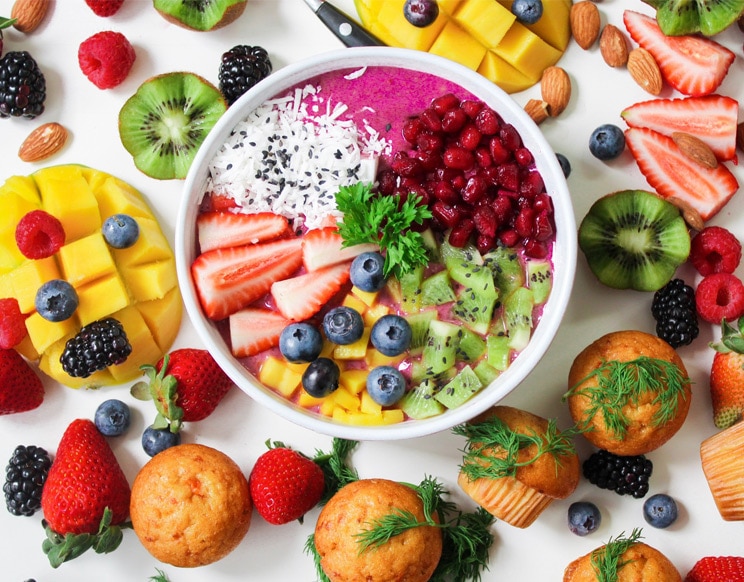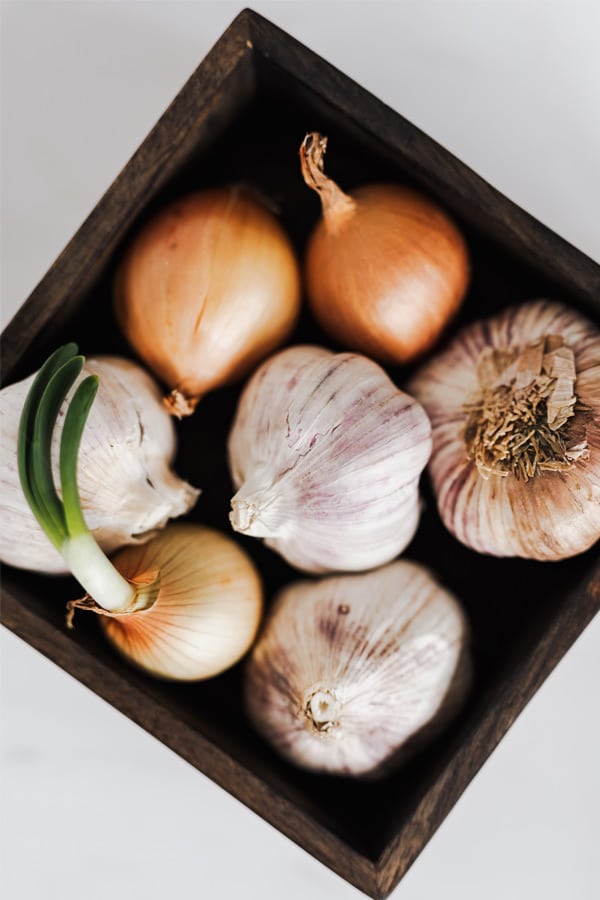If you suffer with irritable bowel syndrome (IBS) you’ll know how uncomfortable, painful and sometimes embarrassing it can be.
The good news is that there’s a way to feel better and get your life back! The low-FODMAP diet, if followed correctly, has been found to be the most successful tool to helping IBS sufferers get back to normal.
FODMAPs are found in a many foods including
- fruit and vegetables
- grains and cereals
- nuts, legumes, lentils,
- dairy foods and
- manufactured foods.
This makes following the FODMAP diet a little tricky, as you cannot simply guess which foods will be high or low in FODMAPs.
Many people rely on FODMAP food lists they find on the internet for treating IBS, these are often inaccurate. We recommend that you look at reliable sources such as Monash University or Healthy Food Guide NZ.
What does this “FODMAPS” word stand for?
Brace yourself for a science lesson, some of these fancy biochemical words simply mean sugar Note: Saccharide is a different word for sugar.
- Fermentable – rapidly broken down (fermented) by bacteria in the bowel
- Oligosaccharides – fructans and galacto-oligosaccharides (GOS)
- Disaccharides – lactose
- Monosaccharides – fructose and
- Polyols – sorbitol, mannitol, xylitol and maltito
What foods are high or low in FODMAPs?
Fruit
The main FODMAPs present in fruit are sorbitol and excess fructose. Fruits particularly high in excess fructose include apples, pears, mangoes, cherries, figs, nashi pears, pears, watermelon and dried fruit.

Fruits particularly rich in sorbitol include apples, blackberries, nashi pears, peaches and plums. Many fruits contain both fructose and sorbitol, for example, apples, pears and cherries.
Vegetables
The main FODMAPs present in vegetables are fructans and mannitol. Vegetables particularly rich in fructans include artichoke, garlic, leek, onion and spring onion. Vegetables particularly rich in mannitol include mushrooms, cauliflower and snow peas.

Grains and cereals
The main FODMAPs present in grain and cereal foods are fructans.
Grain and cereal foods particularly rich in fructans include wholemeal bread, rye bread, muesli containing wheat, wheat pasta and rye crispbread.
Dairy foods and alternatives
The main FODMAP present in dairy foods is lactose. Dairy foods that are high in lactose include soft cheeses, milk and yoghurt. There are also many dairy foods that are naturally low in lactose, for example butter and cheese. For this reason, dairy foods are definitely not excluded from a low FODMAP diet.
Many plant-based milk alternatives are also low in FODMAPs, e.g. soy milk (made from soy protein), almond milk and rice milk. However, milk alternatives do not naturally contain calcium, so remind patients to choose calcium fortified varieties (containing >120mg calcium per 100ml).
Meat, poultry and fish
Protein foods such as meats, poultry and fish are naturally free of FODMAPs. However, processed and marinated meats may contain FODMAPs due to the addition of high FODMAP ingredients such as garlic and onion.
Low FODMAP choices include plain cooked meats, poultry, seafood, eggs, while high FODMAP options include marinated meats, processed meats (e.g. sausage / salami) and meats served with gravy/sauces that may include high FODMAP ingredients.
Always Get Advice:
This sample food list highlights some key examples of high and low FODMAP foods. It is essential to consult with a dietitian before commencing a FODMAP diet. For the world’s most comprehensive database of FODMAP food information, please refer to our Monash University FODMAP Diet App
We also recommend: the Healthy Food Guide FODMAPs toolkit. Their expert Nutritionists and Dietitians have specially created this toolkit to provide a comprehensive diet plan that delivers relief from your symptoms.
They will guide you through all the stages of the low-FODMAP diet, from beginning to end, so you can get back to enjoying life and feeling like your old self again.
Reference:
https://www.monashfodmap.com/about-fodmap-and-ibs/high-and-low-fodmap-foods/




